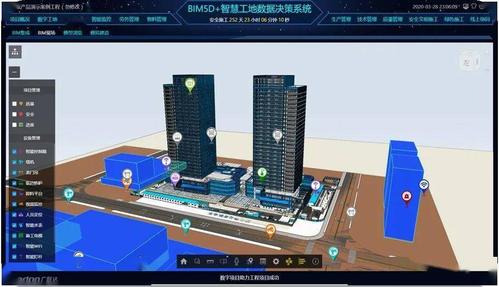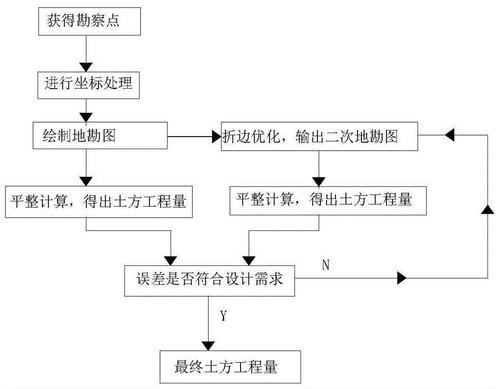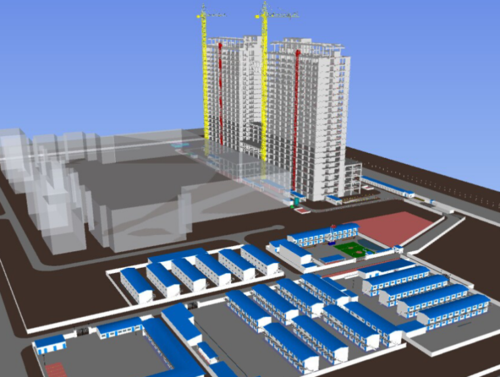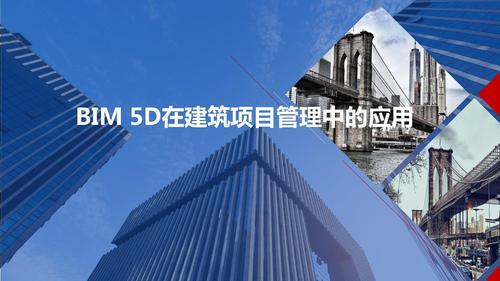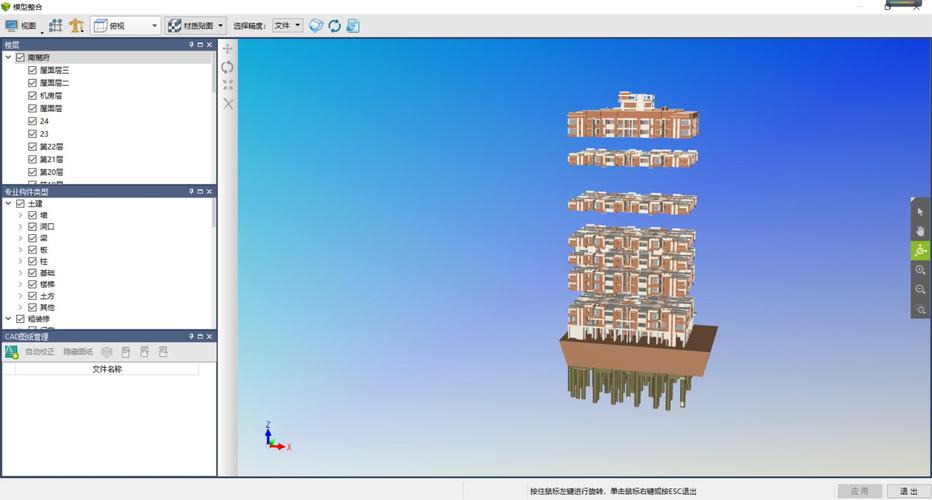
下载app免费领取会员


BIM (Building Information Modeling) 5D Construction Management Process has revolutionized the construction industry by integrating digital technology into the construction workflow. This innovative approach combines both the 3D design of a building with the 4D construction scheduling and cost estimation, resulting in a comprehensive 5D model that enhances the management process.
However, in recent years, there has been a shift in terminology, with the term "BIM 5D Construction Management Process" being rewritten as "BIM 5D Construction Workflow." This change in wording reflects a deeper understanding of how BIM technology is applied in construction projects.
The term "management process" suggests a top-down approach where project managers oversee and control the entire construction process. On the other hand, the term "workflow" implies a more collaborative and dynamic process that involves multiple stakeholders working together seamlessly. This shift in language highlights the importance of teamwork and effective communication when implementing BIM technology in construction projects.
The BIM 5D Construction Workflow starts with the creation of a 3D digital model of the building, which includes all architectural, structural, and MEP (mechanical, electrical, plumbing) components. This model serves as a virtual representation of the physical building and allows for the identification of potential clashes or conflicts among different systems before construction begins.
Next, the 4D component is added, which involves the integration of construction schedules into the 3D model. This allows project managers to visualize the construction timeline and identify potential delays or bottlenecks. It also enables the generation of accurate cost estimations, as the quantity takeoffs can be extracted directly from the 3D model.
Collaboration is a key aspect of the BIM 5D Construction Workflow. Various stakeholders, including architects, engineers, contractors, and subcontractors, can access and contribute to the project's digital model. This promotes effective communication and coordination, reducing errors and misunderstandings during the construction process.
The BIM 5D Construction Workflow offers several benefits to construction projects. Firstly, it improves project visualization and reduces uncertainty by providing a realistic representation of the building before construction begins. Secondly, it enhances coordination and reduces clashes or conflicts among different building systems, saving time and money. Finally, it allows for accurate cost estimation and better cost management throughout the project lifecycle.
In conclusion, the rewriting of "BIM 5D Construction Management Process" as "BIM 5D Construction Workflow" signifies a shift towards a more collaborative and dynamic approach to construction management. This approach leverages the power of BIM technology to enhance communication, coordination, and efficiency in construction projects. By embracing the BIM 5D Construction Workflow, the construction industry can continue to evolve and improve in the digital era.
.jpg)
本文版权归腿腿教学网及原创作者所有,未经授权,谢绝转载。

下一篇:BIM5D教程 | 实践操作:施工管理人员的BIM技术应用
推荐专题




